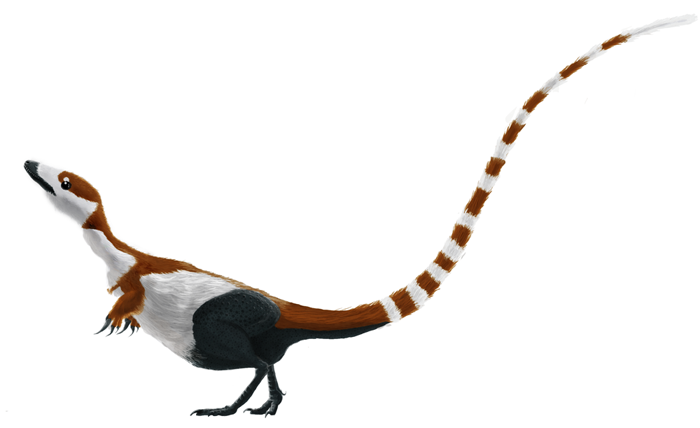This is something I had completely missed until my wife found it linked to on a political blog a few weeks ago. Filmed in 1998, it's a pretty awesome hour-long video of a debate held between paleontologist Jack Horner and then-Speaker of the House Newt Gingrich. The topic: "Were
Tyrannosaurus rex active hunters or pure scavengers?" What else?
The debate is actually a follow-up to a previous forum Gingrich did with Horner, both as fundraisers for the Museum of the Rockies. Gingrich, it seems,
is an avid armchair paleontologist.
It looks like C-SPAN doesn't let you embed videos, so here's a link to the full debate:
http://www.c-spanvideo.org/program/111009-1
What's fascinating about this debate is how it illustrates almost point-by-point a lot of issues I've seen cropping up online lately about the nature of scientific hypotheses, and in particular Horner's approach to them. As some of you may know, Horner recently backpedaled on the whole tyrannosaurs-as-pure-scavengers hypothesis, saying that, from the start, it was merely an attempt to illustrate how the scientific process is supposed to work as opposed to how it often goes in paleo. (Horner explicitly renounced the pure scavenger theory in, among other places, an
October 2009 interview on the outstanding
Skeptics Guide to the Universe podcast).
Watching this debate unfold, two things surprised me more than I thought they would. First, wow, Gingrich really did his research for this! He comes fully prepared with several examples and analogues to modern ecosystems, many of the same arguments I've seen used in forum debates on this topic, including the fact that there are few if any pure scavengers among modern animals, that hyenas will often take live prey, that vultures can get away with it due to their ability to fly over enormous areas in search of carcasses, etc. Newt knows his stuff, and handily pummels Jack in the debate (though Horner appears to be acting as sort of a gracious host, lobbing him a lot of softballs and overall "letting" Gingrich win.)
The second thing, though, is in Horner's closing arguments. Gingrich easily beats Horner by throwing out analogy after analogy, employing simple logic to demonstrate why his hypothesis "
T. rex were not pure scavengers" is superior. But Horner points out, in a way, that it doesn't matter. Debates are antithetical to science. Empirical science is in no way about who has the better argument. It's about who has a more rigorous, testable and ultimately falsifiable hypothesis and can support it with more
data, not better analogies.
I have been a
T. rex as predators booster since I was 6. But after watching this debate, it is clear to me that Horner has always had a better, more scientific hypothesis and overall approach to the science of paleontology. He is correct that the default assumption has always been that
T. rex were active hunters. But at the end of the day, assumptions are not science, and it's a little bit appalling that this assumption has been made an implicit basis of so many statement published in peer-reviewed scientific papers without question. You can never, ever disprove the hypothesis that
T. rex were active hunters without a time machine, because it's logically impossible to prove a negative. That's why in science, if we have a positive statement as our hypothesis, it's often necessary to take the null hypothesis (the opposite statement to the one we are testing) and attempt to disprove that in an attempt to support the actual hypothesis. Like string theory,
T. rex-as-hunters is an idea that makes logical sense on paper but is unfalsifiable, and therefore not science--just educated speculation.
However, Horner's hypothesis can and
has been disproved. We now have evidence of healed-over
T. rex bite wounds that show that at least occasionally, they bit living prey species. Does this prove
T. rex were active hunters? Not necessarily, but it's a major piece of data against Horner's scavenging hypothesis, and that is actually the
strength of Horner's position--that it can be tested and shown to be wrong. In science, it's not always better to be right than it is to be rigorous.
So while he may have won the debate, Gingrich was right for the wrong reasons, while his opponent Horner was wrong for the right reasons.















